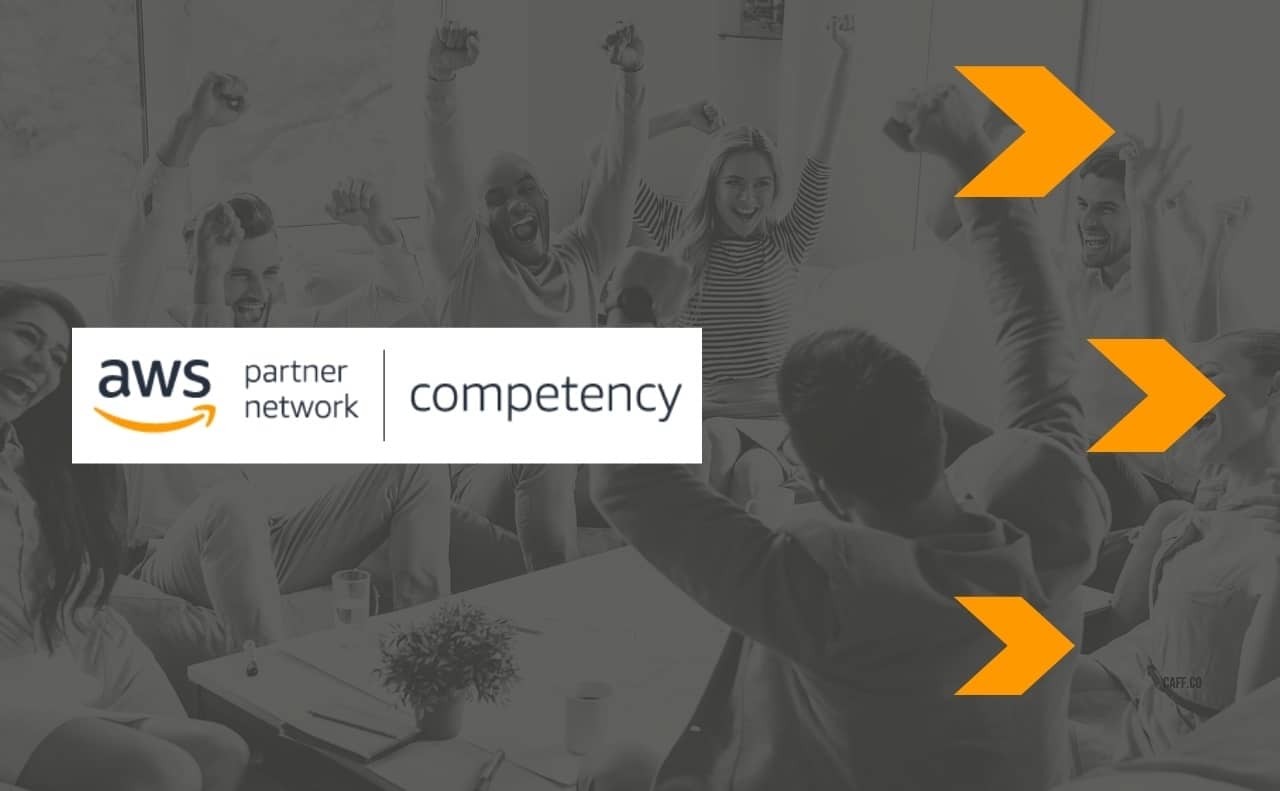The new year is when most people look into making resolutions to better themselves. Among them are exercising regularly, learning a new skill, eating better, and so on. Businesses tend to follow the same trajectory but on a much grander scale. For example, increase sales, decrease costs, increase performance, and more. One way to do that is by looking into your cloud environment.
Gartner estimates that cloud spending in 2022 might exceed $482 billion worldwide. They have also predicted that trends like cloud ubiquity, or the increased need for cloud adoption and related services will continue to rise in 2022. As more and more businesses are migrating to the cloud due to the pandemic. Digital and especially cloud transformation has now become an inevitability for businesses.
We can already see this in effect as according to IDG’s 2021 Digital Business study 61% of IT decision-makers say that the global pandemic forced them to implement their digital-first strategy earlier than planned. As a result, not everyone has properly planned for the migration, and some might be surprised by the costs of the cloud. According to the 2021 State of the Cloud Report, many have reported that their cloud spend is higher than planned. Leading to over 60% of organizations planning to optimize costs in 2022. And while cost optimization is important, it’s not the only thing you should look into optimizing in the new year.
In this article, we highlight the importance of optimizing your cloud environment and what are 5 ways you could do so easily in the new year.
Benefits of Optimizing Your Cloud Environment
There are many benefits to optimizing your cloud environment, these are just a few:
-
- Cost Reduction: obviously if you look into your environment and adjust it, your overall cloud costs will go down. Oftentimes, companies will overlook small instances after they’re no longer needed, and while a few might not cause a huge issue, the more you forget, the higher your costs will be. It’s important to keep in mind that businesses don’t intentionally do this. As it is just one of the most common mistakes that happen in the cloud. So, naturally, when you start looking deeply into your cloud environment, you’ll be able to catch all of these mistakes and more leading to significant cost reduction over time.
- Improved Performance and Security: the second noticeable enhancement you’ll notice is better performance and overall better security. As you go through your instances and check your overall performance, you will notice areas of enhancements. The most common is finding areas for automation you didn’t notice at first. Automation in the cloud in general is a great asset for improving performance as you decrease the amount of manual labor. The same concept goes for security. You might not notice the small vulnerabilities or issues at first until you go through your environment and look for any issues.
- Complete Visibility: going through your cloud environment to optimize and fix any issues will naturally give you more visibility. And visibility is important when it comes to the cloud, especially if you’re operating in a hybrid or multi-cloud model. Visibility means that you can address issues as soon as they occur. As well as predict surges before they happen so you can be prepared. Most importantly, visibility means you can make informed decisions moving forward.
Now that you know how important it is to go through your cloud environment and optimize it, let’s talk about 5 ways you can do now to start 2022 right:
Employ a Cloud-First Strategy
Cloud gives businesses a major advantage over their competition due to its flexibility and reliability. And one way to see these advantages and benefits is to always employ a “cloud-first” strategy. Going “cloud-first” basically means that each application/service/feature is built to make use of the cloud. This ensures that they are secure, flexible, and built to always have the computing capacity you need on any given day.
This strategy helps your business reduce spending and plan for expansion with existing resources. It also guarantees that your customers have access to your service anytime. Plus, the cloud makes it easy to expand and go global. So, you don’t have to worry about low latency or slow services to international customers as well.
Employing a “cloud-first” strategy is best done before migration, but you can still do it even if you’re already on the cloud. To employ a “cloud-first” strategy consider these 5 strategies from the 7Rs of migration and see which steps you need to see success:
-
- Refactor/re-architect: when you move an application and modify it to take full advantage of cloud-native features.
- Replatform (lift and reshape): when you move an application as is to the cloud and then introduce some level of optimization.
- Repurchase (drop and shop): this is when you decide to switch to a different application entirely as other options would be inefficient or take too long to complete.
- Rehost (lift and shift): here you move the application as is to the cloud without any changes. Later on, you might introduce some optimizations but for now, it’s better to move the application as is.
- Relocate (hypervisor-level lift and shift): this is unique to VMware Cloud on AWS only as you can move applications to the cloud without the need to rewrite or modify your existing operations.
Train Current Employees and Hire New Talents
Whenever you’re looking to improve your performance, always look to your employees first. Your employees are your biggest asset, especially the talented ones. So, training them on new and interesting technologies should be a no-brainer.
Most businesses are afraid of training their employees because they might leave after. Which could hugely impact their performance and will lead to them leaving you regardless. Training your employees empowers them to be more efficient and better at what they do. And yes, they might consider leaving you for someplace else, and you’ll have to compete to keep them on your team but that’s ok. However, giving your team training and advancement opportunities makes them feel valuable and reduces the chances of you losing employees.
Plus, when you offer on-the-job training and advancement opportunities, you attract more talent and improve recruitment efforts, on top of retaining current and new employees.
Automate Cloud Cost Management
Cloud cost management could get clunky and complicated. This is why it’s best to look for a way to automate it. Automaton in the cloud is a fairly simple affair and it’s also one of the biggest benefits of going to the cloud.
Leaving cloud cost management without any automation rules set up could easily lead to costly mistakes. A common example is idle EC2 instances left running and accumulating cost. Cloud providers don’t terminate an instance once it’s done, instead, this has to be done manually. And sure, you might say that you’ll be careful and keep an eye on it, but all it takes is just one overlooked instance to rack up costs.
And it’s not like automation will prevent these mistakes from happening, it will just make it easier to catch them early on. Just spend a couple of minutes setting up a way to detect, track, and report abnormal cloud activities and you won’t have to worry about these issues.
Optimize Security
Security in the cloud is a major concern for many businesses. As such, it’s essential to go through it regularly. Look at your security strategy with a critical eye. Are you implementing security best practices? Are there any new developments that you missed? What gaps do you have in your security that you can address? And if you don’t have automation rules set up here as well, make sure to take the time and implement them.
Just like cost management, automation in cloud security can save you a lot of time. Plus, this way you’ll be alerted as soon as any issues are detected, rather than later.
Security in the cloud can be tricky but having a security governance and management plan in place makes it easier. And the less you have to worry about your security, the more you can focus your attention on innovating and growing.
Get a Cloud Checkup
Another way to gain visibility into your cloud environment is to get a cloud checkup. A cloud checkup is a comprehensive look into your environment. It shows you wasted resources, security, and compliance vulnerabilities. It gives you a deeper look into your usage, cost, security, and much more.
A cloud checkup gives you total visibility into your cloud environment. It makes it easy for you to address issues and gaps you may have. You can read more on the benefits of a cloud checkup here.
Our cloud checkup report gives you complete visibility into your cloud environment so you can make more informed decisions. It uses your past data to produce a comprehensive report into usage, cost, security, and more. It pinpoints any issues or vulnerabilities in your cloud environment while addressing them at the same time. This gives you total visibility into your cloud as well as empowers you to make more informed decisions in the future. Contact our team today for information.
Conclusion
Cloud optimization is not a one-time thing, it’s a continuous process. So, you should take the time to go through your cloud environment with a fine-tooth comb every once in a while, to make sure everything is as it should be. And always keep an eye out for anything new that might help you better manage your cloud. As the cloud will give you a competitive edge only if it’s set up correctly.




